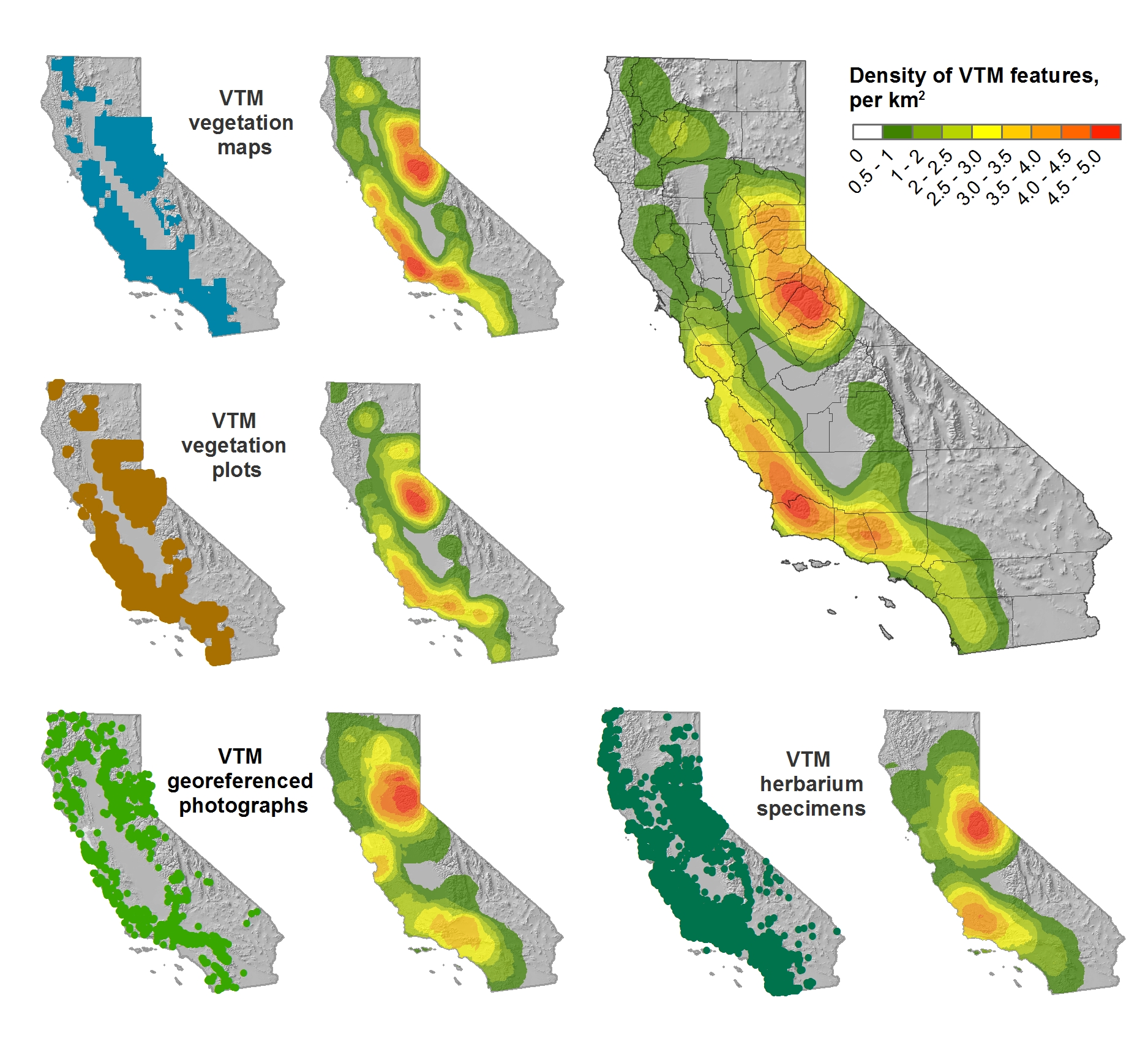Developing data-driven solutions in the face of rapid global change
Global environmental change poses critical environmental and societal needs, and the next generation of students are part of the future solutions. This National Science Foundation Research Traineeship (NRT) in Data Science for the 21st Century prepares graduate students at the University of California Berkeley with the skills and knowledge needed to evaluate how rapid environmental change impacts human and natural systems and to develop and evaluate data-driven solutions in public policy, resource management, and environmental design that will mitigate negative effects on human well-being and the natural world. Trainees will research topics such as management of water resources, regional land use, and responses of agricultural systems to economic and climate change, and develop skills in data visualization, informatics, software development, and science communication.
In a final semester innovative team-based problem-solving course, trainees will collaborate with an external partner organization to tackle a challenge in global environmental change that includes a significant problem in data analysis and interpretation of impacts and solutions. This collaboration is a fundamental and distinguishing component of the NRT program. We hope this collaboration will not only advance progress on the grand challenges of national and global importance, but also be memorable and useful for the trainees, and for the partners.
An Invitation to Collaborate
We are inviting collaboration with external partners to work with our students on their Team Research Project in 2016-17. Our students would greatly benefit from working with research agencies, non-profits, and industry.
- Our first cohort of 14 students come from seven different schools across campus, each bringing new skillsets, backgrounds, and perspectives.
- Team projects will be designed and executed in the spring of 2017.
- Partners are welcome to visit campus, engage with students and take part in our project activities.
- Join us at our first annual symposium on May 6th 4-7 pm.
- Participate in workplace/ campus exchange.
- Contact the program coordinator at hconstable@berkeley.edu
- Visit us at http://ds421.berkeley.edu/ for more information.
This new NSF funded DS421 program is in the first of 5 years. We look forward to building ongoing collaborations with partners and UC Berkeley.
 Monday, August 8, 2016 at 11:28AM
Monday, August 8, 2016 at 11:28AM 

